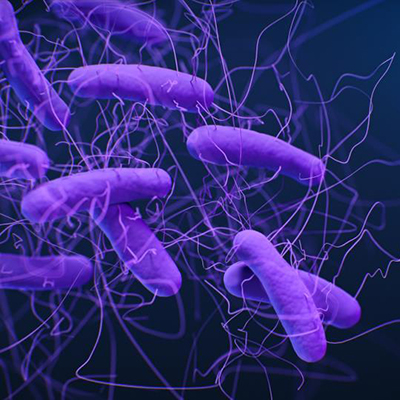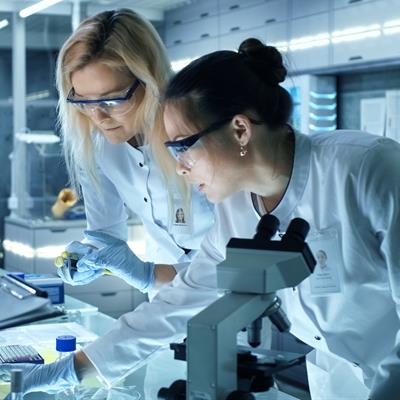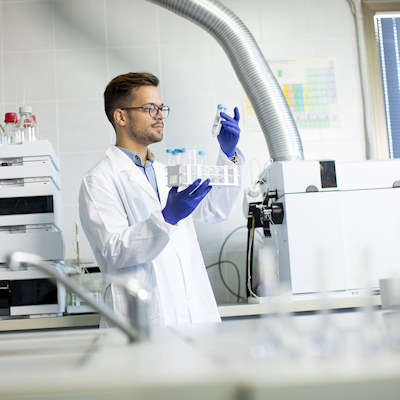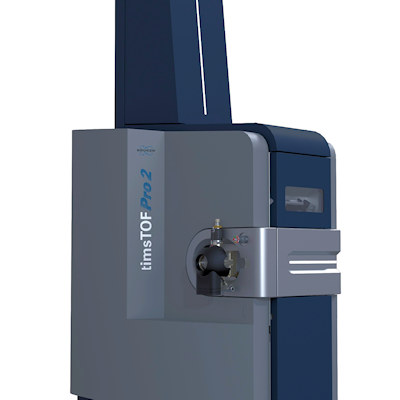December 2, 2022 -- Many successful drugs are derived from natural sources such as plants, fungi, and bacteria, but screening natural products to identify potential drugs remains challenging. However, a new approach -- published November 30 in the journal Proceedings of the National Academy of Sciences -- integrates information from molecular biology, analytical chemistry, and bioinformatics to address these challenges.
The researchers used a bioinformatic method called Similarity Network Fusion (SNF), developed for integrating complex datasets, to combine data from two previously developed natural product screening platforms. One platform, called Functional Signature Ontology (FUSION), uses gene expression signatures induced in cells by known and unknown compounds, coupled with pattern-matching tools to indicate mechanisms of action.
The other platform -- a cytological profiling (CP) technology -- involves high-content image analysis of cells exposed to the samples being screened, then stained with fluorescent probes to highlight key cytological features.
The researchers used CP and FUSION technologies to screen natural products libraries derived from isolated marine bacteria. To search for bioactive products, they grew bacterial strains in the lab, extracted the compounds produced by each strain, then used chromatography to separate each extract into fractions -- each containing two to 20 compounds.
Mass spectrometry methods used for large-scale studies of small molecules (metabolomics) helped identify the chemical constituents of each fraction. The Compound Activity Mapping approach combines mass spectrometry-based metabolomics with biological screening data to identify which compounds in a mixture are driving a particular biological signature.
The researchers developed a sample processing workflow using mass spectrometry and a modified version of their Compound Activity Mapping platform that incorporated the integrated results of screening technologies obtained with Similarity Network Fusion.
Using this approach to screen a small collection of randomly selected microbial natural product fractions, they identified a known compound (trichostatin A) and confirmed its mechanism of action; linked a known compound (surugamide) with novel biological activity (cyclin-dependent kinase inhibition); and discovered new compounds (parkamycins A and B).
"We discovered a new chemical compound with a unique biological signature unlike any known compounds. That's an exciting finding we want to investigate further," corresponding author John MacMillan, PhD, a professor in the department of chemistry and biochemistry at the University of California, Santa Cruz, said in a statement.
Copyright © 2022 scienceboard.net













